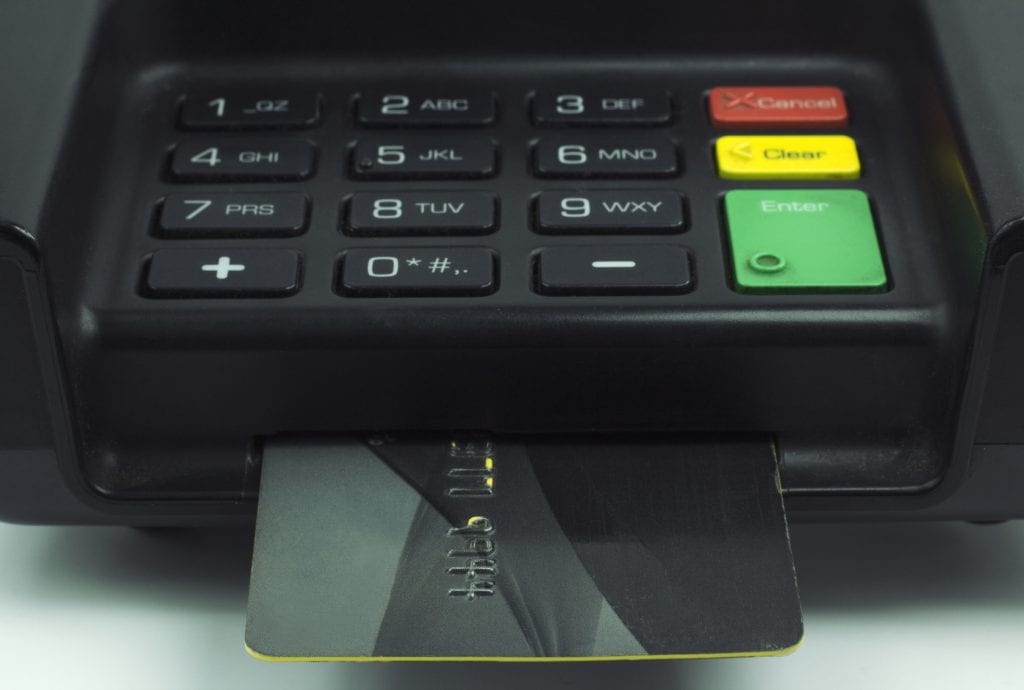Visa published the latest number of locations and cards that have converted to EMV in the U.S. It seems that as a region, the U.S should be much closer to 100% after four years of concerted effort and billions of dollars spent. The good news, however, is that although not all cards and not all terminal are EMV capable, most transactions that are conducted are on chip’ed cards. For those keeping track, here are the facts from Visa’s recent release on EMV reflecting data through year end 2018:
- 1 million merchants who accept cards, can process EMV transactions
- That’s 68% of total merchants
- 511 Visa branded cards have been issued with an EMV chip, representing 67% of total issued Visa cards
- 297 million cards are debit cards
- 214 million are credit cards
Although there is still more cards and merchants to migrate, the impact on counterfeit fraud has been resounding. As posted in DigitalTransactions:
The main purpose of the EMV conversion was to thwart counterfeit fraud, to which mag-stripe cards are highly vulnerable. For merchants that accept EMV cards, dollars lost to counterfeit fraud as of September were down by 80% compared with September 2015’s losses, Visa says. Counterfeit fraud losses for all merchants are down 48%.
The EMV conversion officially began in October 2015 when the card networks imposed liability shifts that forced merchants to absorb financial losses from counterfeit fraud if their point-of-sale terminals couldn’t accept chip cards. Earlier, issuers largely bore the brunt of counterfeit fraud. EMV’s big growth years were 2015, 2016, and 2017 in the wake of the liability shifts
Overview by Sarah Grotta, Director, Debit and Alternative Products Advisory Service at Mercator Advisory Group
